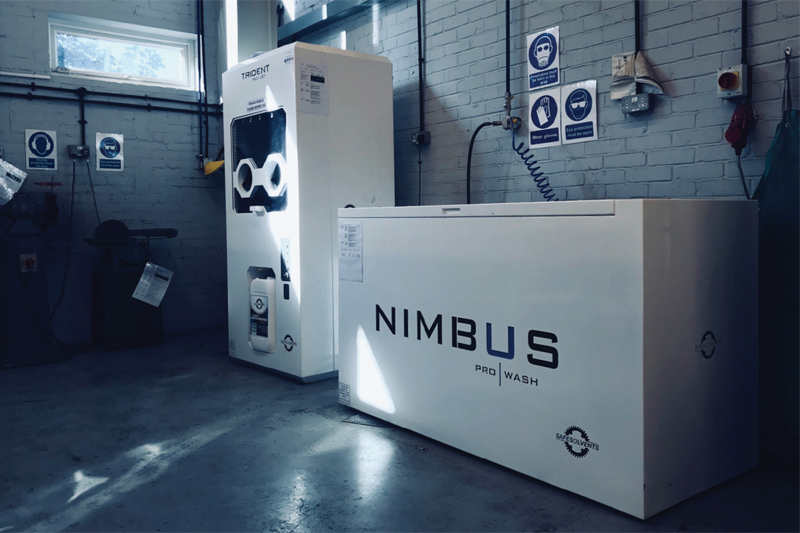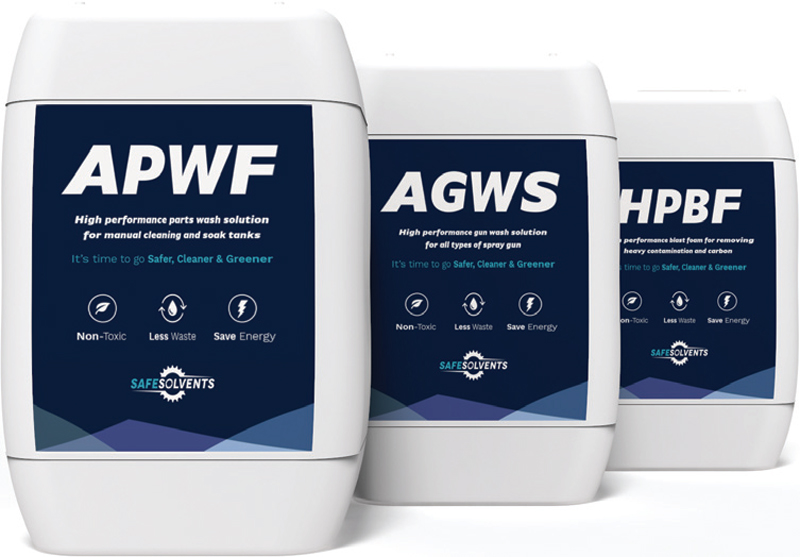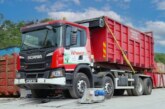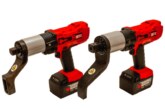
Heavy contamination and carbonisation of vehicle parts has historically required the use of industrial hydrocarbon solvents and degreasants. Here, Tom Sands, Founder and CEO of Safe Solvents, discusses how the growing concerns over health and safety in the workplace have spawned a new generation of safe cleaning fluids.
There are approximately 100,000 parts wash machines in use in the UK, many of which will typically use hydrocarbon solvents containing highly toxic chemicals such as kerosene, xylene, and benzene – each capable of producing a flammable or oxidising reaction if not properly stored.
Used to dissolve or dilute substances such as dirt and grease in a variety of different processes, from cleaning and degreasing through to paint removal, chemical solvents have often been viewed as seemingly unavoidable in industry.
Indeed, over 200,000 businesses are estimated to make use of one type of degreaser or another.
The use of such degreasants in a workshop exposes technicians to serious health implications. An employee could breathe in the vapours and fumes of the cleaning fluids, leading to light-headedness and nausea. Additionally, as employees may at times handwash parts, they may be exposing their skin to accidental contact with the solvent, which could lead to skin problems such as dermatitis.
In workshops across the UK, parts washing is often seen as non-core for the end-user and so it is relegated to an afterthought – pushed to the basement or storeroom – with little in the way of an employee risk assessment. This heightens the risk posed to technicians’ health.

Relying on decades-old parts washing techniques such as ‘sink-on-drum’ or ‘hot-washing’ – which require the use of kerosene or detergents – exposes workers to unnecessary risks from both the chemicals themselves, and the hot working temperatures.
Alternatives such as Safe Solvents’ hydrocarbon-free, water-based cleaning fluids can help workshops to eliminate chemical hazards with the help of innovative cleaning appliances. Businesses must play their part to deliver safe and effective working environments for their employees, and upgrade their cleaning equipment and fluids to those that offer improved safety, without compromising on flexibility. Crucially, these fluids work at ambient temperatures, meaning technicians do not risk hurting themselves, while the utility costs are much lower, too.
For instance, Safe Solvents’ Advanced Parts Wash Fluid (APWF) degreaser for general component parts can be used alongside its Typhoon manual parts washer to cut through grease and grime. As a modern take on the ‘sink-on-drum’, the Typhoon continues to offer technicians the flexible cleaning options that they are used to, without the exposure to harmful toxins or contaminants.
Workshops haven’t really changed their practice when it comes to parts washing in the last 30-40 years; they have long been over-reliant on toxic hydrocarbon-based solvents. For decades, employees have had their health put at risk by the fumes and skin exposure to these solvents.
Health and safety in workshops is a hot topic in the industry, but converting working processes to water-based solvents that do not pose the same threat to technicians can make a difference.








